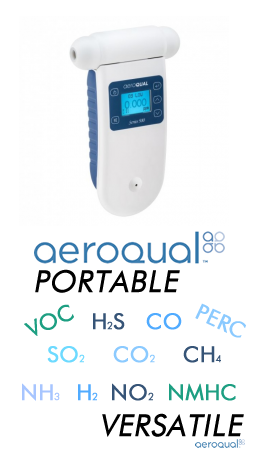Carbon Monoxide Information

Carbon Monoxide:
|
Other Names |
Carbonic oxide |
|
Chemical Formula |
CO |
|
CAS Number |
630-08-0 |
|
Industry Uses |
Machinery, Automotives, Furnaces, Breweries |
|
Health Risks |
Carbon Monoxide Poisoning; headaches, dizziness, loss of consciousness, death; Neurological, reproductive, and/or respiratory damage |
|
Vapor Pressure |
>35 atm |
|
Water Solubility |
Slightly Soluble |
|
Flammability |
Extremely Flammable |
|
Odor |
None |
Carbon Monoxide MSDS
What is Carbon Monoxide:
Carbon monoxide is a colorless, odorless, toxic gas. It is predominately produced by incomplete combustion of carbon-containing materials. Incomplete combustion occurs when insufficient oxygen is used in the fuel (hydrocarbon) burning process. Consequently, more carbon monoxide than carbon dioxide is emitted. This occurs in vehicle exhausts, fuel-burning furnaces, coal-burning power plants, gasoline engines and generators, power washers, fireplaces, grills, water heaters, and forklifts.
Carbon Monoxide Exposure and Health Risks:
Carbon monoxide is extremely dangerous. It impedes the blood's ability to carry oxygen to tissues and organs. When carbon monoxide is inhaled, it binds to hemoglobin which greatly diminishes its ability to carry oxygen. Hemoglobin's binding affinity for carbon monoxide is 300 times greater than its affinity for oxygen. Common symptoms of carbon monoxide exposure are headache, nausea, rapid breathing, exhaustion, dizziness, confusion, and blurry vision. Hypoxia (severe oxygen deficiency) caused by carbon monoxide exposure can result in neurological, reproductive, and respiratory damage that may or may not be reversible. Carbon monoxide poisoning can occur very quickly, especially for young children, elderly, people with respiratory diseases, smokers, and people at high altitudes.
If you suspect carbon monoxide poisoning, immediately move the victim to fresh air and call 911 for assistance. Carbon monoxide levels may be higher in boiler rooms, garages, breweries, warehouses, refineries, paper and steel production facilities, loading docks, and furnace or oven rooms. Workers in these areas, as well as anyone who works in or near automotive vehicles, should be aware of the risks and symptoms.
Regulations:
The table below summarizes the most-recent exposure limits.
|
Limit/Level |
Type |
Organization |
|
Not Recommended |
AEGL-1 (8 hrs) |
EPA |
|
420 ppm |
AEGL-2 (10 min) |
EPA |
|
27 ppm |
AEGL-2 (8 hrs) |
EPA |
|
1,700 ppm |
AEGL-3 (10 min) |
EPA |
|
130 ppm |
AEGL-3 (8 hrs) |
EPA |
|
35 ppm |
TWA (8 hrs) |
NIOSH |
|
50 ppm |
TWA (8 hrs) |
OSHA |
Measuring Carbon Monoxide:
Carbon Monoxide is measured in the air by units of parts per million (ppm). Measuring dissolved carbon monoxide levels, especially in areas of high exhaust can help prevent carbon monoxide poisoning and death. We carry portable and fixed carbon monoxide monitors and kits, and all of our carbon monoxide products can be viewed HERE.
What type of component are you looking for?
| Fixed Mount | Handheld | Dissolved Kits: | Replacement Sensors: | Calibration Gas: | Rentals: |
 |
 |
 |
 |
 |
 |
All sensors require a yearly calibration to ensure your gas measurements are accurate and performing within manufacturer standards. This page is desiccated to the individual manufacturers we represent and their specific calibration procedures.
**Calibration Service Request Form **
|
Calibration costs do vary, see below to get an estimate: Calibration Fee: $150 Analyzer Calibration Fee: $300 PM Calibration Sensor Fee: $330 Genie Calibration Fee: $265 ATI Calibration Fee: $205 ** note that prices are subject to change per labor and parts required. |
Contact us for help choosing the right monitor for your application















